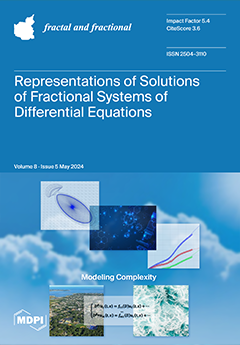To analyze the transformed effect of three-dimensional (3D) fracture in coal by CO
2 phase transition fracturing (CO
2-PTF), the CO
2-PTF experiment under a fracturing pressure of 185 MPa was carried out. Computed Tomography (CT) scanning and fractal theory were
[...] Read more.
To analyze the transformed effect of three-dimensional (3D) fracture in coal by CO
2 phase transition fracturing (CO
2-PTF), the CO
2-PTF experiment under a fracturing pressure of 185 MPa was carried out. Computed Tomography (CT) scanning and fractal theory were used to analyze the 3D fracture structure parameters. The fractal evolution characteristics of the 3D fractures in coal induced by CO
2-PTF were analyzed. The results indicate that the CO
2 phase transition fracturing coal has the fracture generation effect and fracture expansion-transformation effect, causing the maximum fracture length, fracture number, fracture volume and fracture surface area to be increased by 71.25%, 161.94%, 3970.88% and 1330.03%. The fractal dimension (
DN) for fracture number increases from 2.3523 to 2.3668, and the fractal dimension (
DV) for fracture volume increases from 2.8440 to 2.9040. The early dynamic high-pressure gas jet stage of CO
2-PTF coal influences the fracture generation effect and promotes the generation of 3D fractures with a length greater than 140 μm. The subsequent quasi-static high-pressure gas stage influences the fracture expansion-transformation effect, which promotes the expansion transformation of 3D fractures with a length of less than 140 μm. The 140 μm is the critical value for the fracture expansion-transformation effect and fracture generation effect. Five indicators are proposed to evaluate the 3D fracture evolution in coal caused by CO
2-PTF, which can provide theoretical and methodological references for the study of fracture evolution characteristics of other unconventional natural gas reservoirs and their reservoir stimulation.
Full article





